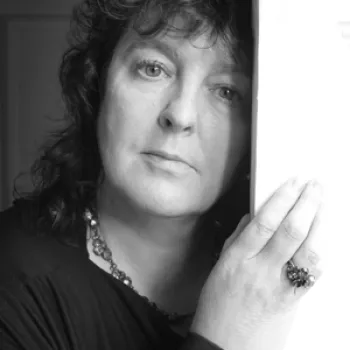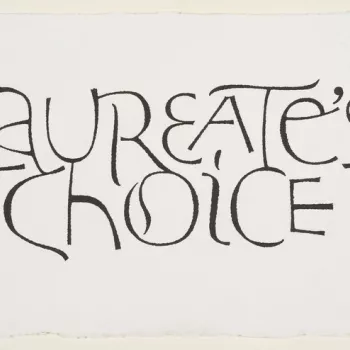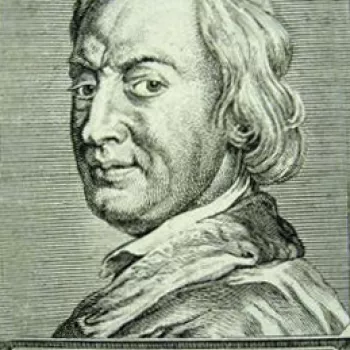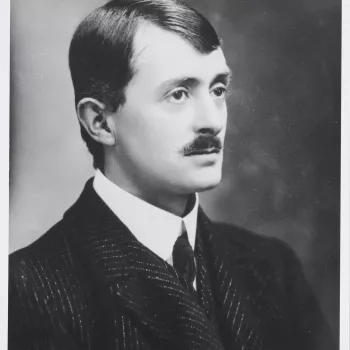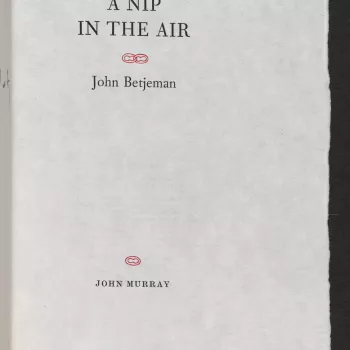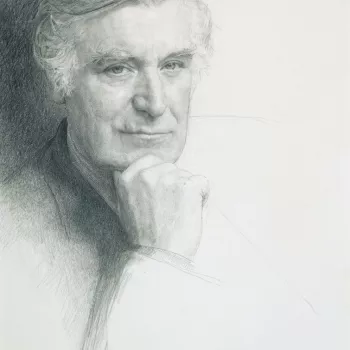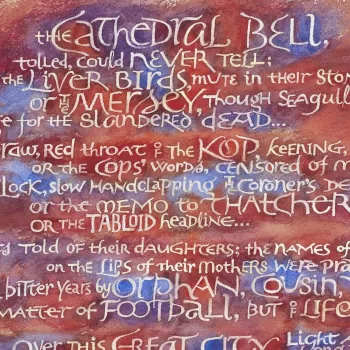Explore the Exhibition
The Poet Laureate
The role of Poet Laureate is a special honour awarded by the Sovereign to a poet whose work is of national significance. The title derives from the laurels with which the ancient Greeks traditionally crowned their most celebrated poets. The first official Poet Laureate was John Dryden, appointed by Charles II in 1668 to write poetry in support of the monarchy.
Poets Laureate have marked many royal events, from births, deaths and marriages to investitures and jubilees, although there has been no obligation to do so since the eighteenth century. Today, the Poet Laureate is free to write as little or as much as they choose on anysubject.
Prior to the appointment of Sir Andrew Motion in 1999 the position had been for life, but now the tenure is ten years.




